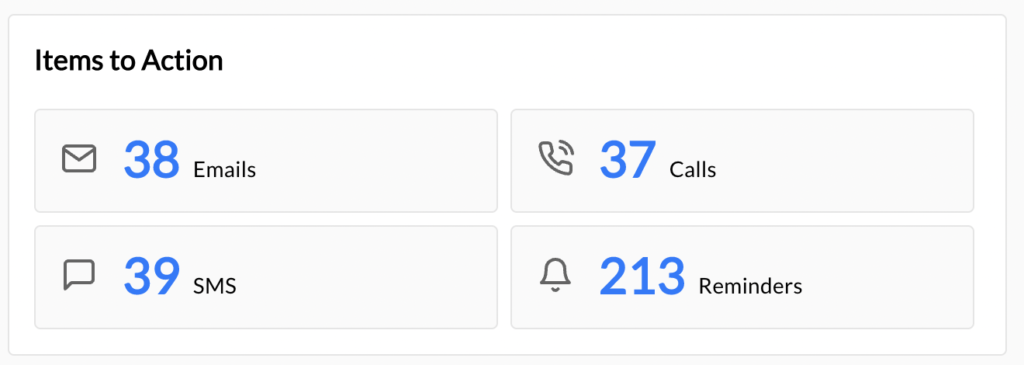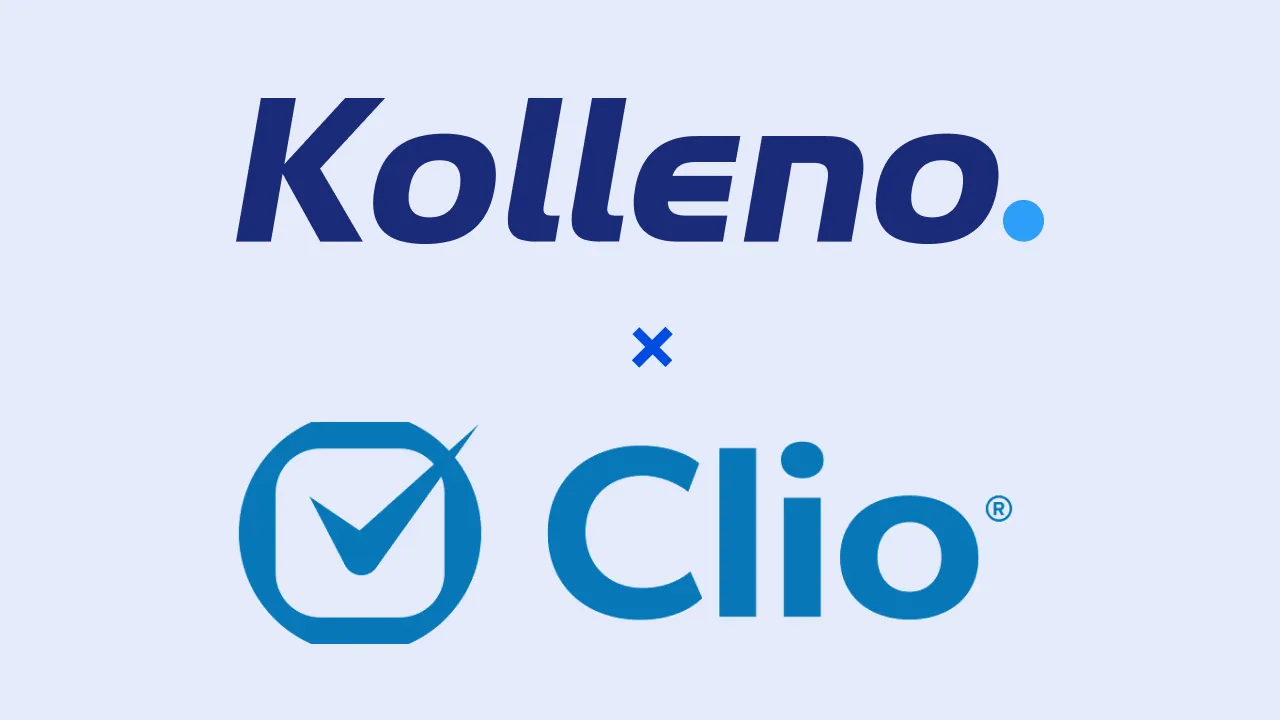Is your business aiming to manage Accounts Receivables to speed up collections and improve cash flow as a result? These tips will enable your firm to manage Accounts Receivable effectively and decrease your Accounts Receivable in the long run.
Key Points:
58% of SMEs suffer from overdue b2b invoices, and poor AR management might cause a cause of bankruptcy.
Management of Accounts Receivable involves several essential steps including timely invoicing, following up with payment reminders and monitoring the accounts receivable analytics.
Proactive AR management helps businesses to improve their cash flow and decrease the days sales outstanding (DSO).
Poor cash flow is the number one reason why SMEs fail, however, efficient Accounts Receivable management can prevent that.
Automation of repetitive and time-consuming Accounts Receivable tasks helps businesses to improve their collections.
AR Management FAQs:
What is AR Management?
AR Management is the process of collecting payments for invoices issued to customers. The sale has been completed, however, the cash for the b2b sale is still not collected.
Where can I find the Accounts Receivable in the balance sheet?
Accounts Receivable appear as an asset on the balance sheet.
Why do I need to adopt the Accounts Receivable strategies?
The Accounts Receivable are recorded as an asset on the balance sheet. So, some might think that there is no problem if it is growing. However, the increasing number of the AR on the balance sheet means there is less liquid cash for the business. The less liquid assets there are, the less business is prepared for the unexpected expenses, and can’t plan future cash flow and investment.
What Are Five Steps in Accounts Receivable Management?
The successful AR management strategies include:
1. Following up on the approaching payment deadline with the b2b customer
2. Sending a payment reminder for the overdue invoices
3. Offering Customers Payment Terms
4. Monitoring the Accounts Receivable Analytics and data, such as Ageing Reports
5. Reaching clients using omnichannel communication methods and finding right tone-of-voice
Why Managing Accounts Receivables is Important
The increase in payment terms due to poor management of Accounts Receivable is threatening three in five businesses in the UK, fuelling stress and cash flow struggles. Therefore, it is crucial to intervene as soon as possible and tackle this problem, which can lead to bankruptcy.
However, effective receivables management must always go hand in hand with good customer relationships. After all, maintaining good business relationships is essential to your company’s future. The closer you are to your customers, the more they will contribute to your business revenue.
What Is Accounts Receivable Management?
Even though Accounts Receivable appear as Assets on your books, the word refers to the money debtors own you. Who are the “debtors”? Debtors are customers (individuals, businesses, or utilities) who owe you money for goods or services you provide to them. These are customers with unpaid invoices who therefore owe your business money.
Accounts Receivable management is the policy your company applies to b2b sales made on credit. It involves all the protocols you can implement to collect your outstanding payments.
The Primary Goal of Managing Accounts Receivable Is To:
1. Change customer payment behaviour, so they pay their invoices in a timely fashion
2. Drastically reduce the risk of bad debts
3. Collect your invoices effortlessly and save a precious time
4. Decrease all expenses related to chasing debtors
5. Nurture the relationships with your clients
Best Practices for Accounts Receivable Management
AR Management Starts with Preventing Late Payments
The easiest way to manage your accounts receivable is to prevent them before they even appear. It would be best to start by thoroughly checking your clients’ solvency. You may want to consult public information sources which give you access to the history of its accounting data and level of indebtedness. This information allows you to assess the risk and adapt your credit policy.
Be sensitive about offering credits. The moment you offer credit to a customer is the moment when you expose yourself to late payments. Evaluate the credit risk for each customer by checking their creditworthiness.
Another prevention practice includes clauses limiting the risk of non-payment within your contracts. Do not overlook credit terms and payment terms in your payment contracts.
Invoicing is the Beginning of AR Management
Timely invoice generation and reporting, electronic billing systems, and an easy payment platform are crucial parts of your Accounts Receivable management strategy. Generating professional and accurate final invoices as soon as the deal appears in your books is the second most efficient first step to preventing late payments.
However, sending invoices and reporting are prone to human mistakes and delays on the part of your financial and accounting teams. Your billing process should never fail to include correct billing periods and invoicing dates, accurate purchase order numbers, customer information, assessment and follow-up in case of outstanding payments. That’s why automated AR management solutions are precious to your business and can save you lots of time.
With all-encompassing AR software like Kolleno, all you have to do is to integrate it with your accounting software: the platform will automate the management of invoices due.
Payment Experience is the Core of the AR Management
Say no to outdated methods which can only discourage customers from paying their invoices. Anything that can delay payment, even for a day, is a significant risk for your business.
The convenience of the payment process makes a tremendous difference in decreasing your outstanding payments. Kolleno enhances your client experience by giving customers access to a straightforward payment portal supporting Stripe, Direct Debit, ACH, or EE transfer. We also propose various tailored payment plans and options to adjust to your customers’ needs.
AR Best Practices
Tracking Payments for Better AR Management
Managing your Accounts Receivable efficiently demands commitment and close monitoring. When you discover a late payment, don’t wait to clarify the situation with your customer to understand their reasons. Identifying the cause for non-payments early will save time and can avoid lengthy and costly legal proceedings. You can do many things to be proactive in your collection protocol, but start with these two:
1. Contacting customers to confirm the reception of the invoice can be an incentive for them to pay you ASAP.
2. Sending a reminder email a few days before the due date to ensure the customer hasn’t forgotten about your fees.
These practices take time and dedication. Unless you have an Accounts Receivable team in charge of collection, you will most likely deal with it yourself. Therefore, automation will make your life easier in this domain by offering you an effortless collection.
AR management Must Be Personal
You should adapt your collection protocols to your customers’ profiles individually, considering your relationships. Besides getting your money back, the most important thing is protecting your client’s relationships.
You should adopt a tailored strategy to chase each customer by finding out what works best for them. Some will respond better to emails than text messages, and some will respond better to the credit-control team’s calls. The effectiveness of following-up processes depends on personalisation. Late payments originate due to various reasons. It can be a financial difficulty, disputes, negligence, or lack of time. It is essential to maintain healthy and trustful relationships with your clients and avoid misunderstandings.
However, this practice will take lots of time and commitment from you and your team. However, you can rely on automated AR solutions. They can not only help you recover more funds quicker, but they can also preserve customer satisfaction. Thanks to machine learning tools, Kolleno gets to know your clients and adjusts to each of them. Kolleno helps you:
1. Estimate the best timing to send reminders.
2. Finding the most appropriate form of communication and the perfect tone of voice.
3. Prioritise the actions and to-do lists from you for a better collection.
4. Analyses the accounts receivable data in real-time.
Automating Account Receivable Management
Accounts Receivable Management is prone to mistakes: from incorrect invoice details to employees being busy with their long to-do lists and getting invoices lost in the shuffle. Such delays in business processes ultimately affect your company’s cash flow, and careless mistakes can cost your business valuable client relationship. Automating your Accounts Receivables management allows you to avoid errors in your invoices and streamline an automated workflow. As a result, your invoices can be created accurately and sent to customers digitally and automatically. Digitalise your data and administrative operations and let your company foster a culture of innovation.
Manual data entry can negatively impact your team’s morale and, therefore, their productivity. The time you spend daily processing and chasing payments and customers or sorting out invoices is time not invested in actual work, strategy or creativity.
Leverage the AR Management Data
When using software to automate your AR processes, you are not only gaining a 360 view of your accounts receivables, but you will benefit from valuable insights into your book performance. AR software will allow you to track data more accurately and in real-time to learn more about your customers’ payment behaviour. This precious insight will help your business develop the most effective Accounts Receivable strategies tailored to specific customers to accelerate outstanding payments.
You can rely on these Account Receivable Metrics to optimise your collection strategy:
Days Sales Outstanding (DSO), shows how many days have passed since the sale has been successfully completed.
Average Days Delinquent (ADD): This is how many days, on average, client payments are overdue. If this metric rises, you need to review your billing methods and AR management strategies.
AR Turnover ratio: This metric indicates how quickly you’re turning accounts into cash), so it is a precious indicator of the state of your cash flow. A high number would be bad news, showing an unbalanced ratio between open accounts and revenue.
Collection Effectiveness Index (CEI): This is the percentage of accounts from which you collect revenue. You should aim for 100%, which would indicate that you’re collecting payments from all of your clients.
Revised invoices: You want to avoid the need to revise customer invoices if you can. If you see a rise in your number of revised invoices over time or during a certain period, look at your billing policies and possibly consider staffing needs to ensure efficiency and avoid errors that delay payment.
AR Management is Easy With Right Tools
While business owners focus excessively on growing their sales, it is not the only indicator of success. Larger sales with poorer collections are not giving the business an essential cash injection if it is all locked in the accounts receivable. However, following the Accounts, Receivable Management strategies can improve the collections and cash position of the company. While manual AR management requires a dedicated team and time, there are tools that can solve all these pain points easily. Contact us today to find out how we can improve your AR management with the help of technology.

Get more insights into how to achieve the best possible performance in accounts receivable performance from our recent webinar in partnership with Fusion Consulting.










